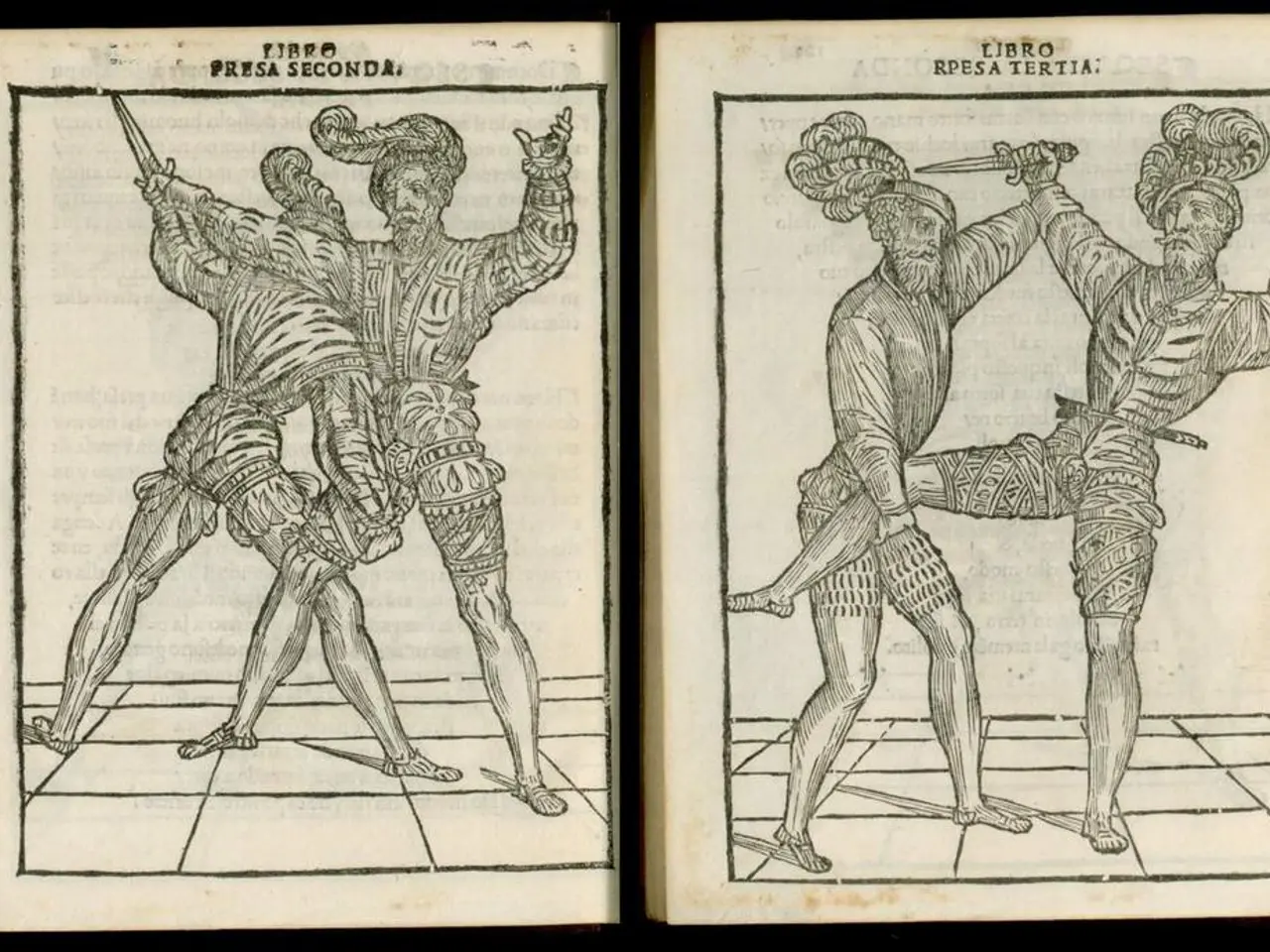Daihatsu's New Leadership: Transformative Conversations Based on Understanding and Compassion
In a bid to revitalize the company, Daihatsu, a Japanese automaker, has announced a new leadership team under the presidency of Masahiro Inoue, currently heading Toyota's operations in Latin America and the Caribbean. The new team, assembled with the intention of rebuilding Daihatsu from the ground up, is focusing on open dialogue, organizational restructuring, and a return to focusing on compact vehicle production.
The new leadership's mission includes resolving communication issues between Toyota and Daihatsu, as well as within Daihatsu's management and genba (worksite). Inoue's approach centers on addressing the root causes of the problems, such as production pressure and skill mismatches at the genba, and promoting collective responsibility rather than blame.
The new leadership team was unveiled at a joint press conference attended by President Koji Sato of Toyota and incoming President Inoue. Inoue's ability to lead reforms through dialogue with frontline members was praised by Sato. The measures discussed at the conference were reported to the Ministry of Land, Infrastructure, Transport, and Tourism on February 9.
Inoue has been instrumental in the structural reform of Toyota's Latin American business, including a renewed regional management system involving Brazil and Argentina. He will utilize this experience to lead the revitalization of Daihatsu as the person responsible for on-site management.
Sunao Matsubayashi, the current chairman of Daihatsu, and Soichiro Okudaira, the current president, will resign from their posts. Daihatsu is withdrawing from Commercial Japan Partnership Technologies (CJPT) to prioritize preventing issues' recurrence.
The new team's plans for revitalizing Daihatsu will be closely examined through a closer look at the press conference Q&A session. Masanori Kuwata, who previously led human resources at Toyota, will join Daihatsu as a vice president. Keiko Yanagi, Deputy Chief Officer of Toyota's Customer First Promotion Group, was appointed as a director in Daihatsu.
Daihatsu will focus its operations on minivehicles. To strengthen competitiveness and efficiency, the company plans to open a new advanced assembly plant in Indonesia in early 2025. The company has also announced that it will outsource its overseas business for planning, development, and production from Toyota.
Inoue has initiated reforms starting in March 2024 that include fostering honest communication among employees, suppliers, and customers to rebuild trust. Daihatsu established the Koudoukan, a dedicated space for employees to understand the certification issues deeply and learn from past mistakes, emphasizing reflection and prevention of recurrence. The company has restructured its organization and launched the redesigned new Move model by June 2025, symbolizing a fresh start and a return to building compact, high-quality vehicles that align with Daihatsu’s core identity as a carmaker.
[1] Source: Daihatsu Press Release, February 2024 [2] Source: Jiji Press, February 2024 [3] Source: Nikkei Asia, March 2024 [4] Source: Daihatsu Press Release, June 2025
- The new leadership team at Daihatsu, consisting of Masanori Kuwata from Toyota's human resources and Keiko Yanagi from Toyota's Customer First Promotion Group, will work together to focus Daihatsu's operations on minivehicles and strengthen its competitiveness, in a bid to revitalize the automotive industry's struggling brand.
- Masahiro Inoue, the newly appointed president of Daihatsu, is taking a leadership approach that centers on root cause analysis, collective responsibility, and open dialogue, aiming to address communication issues within Daihatsu and with partner companies such as Toyota, as well as skills and production pressure at the worksite.
- In order to prioritize prevention of issues' recurrence and strengthen Daihatsu's financial position, the company has withdrawn from Commercial Japan Partnership Technologies (CJPT) and announced plans to outsource its overseas business for planning, development, and production to Toyota, effective immediately.




